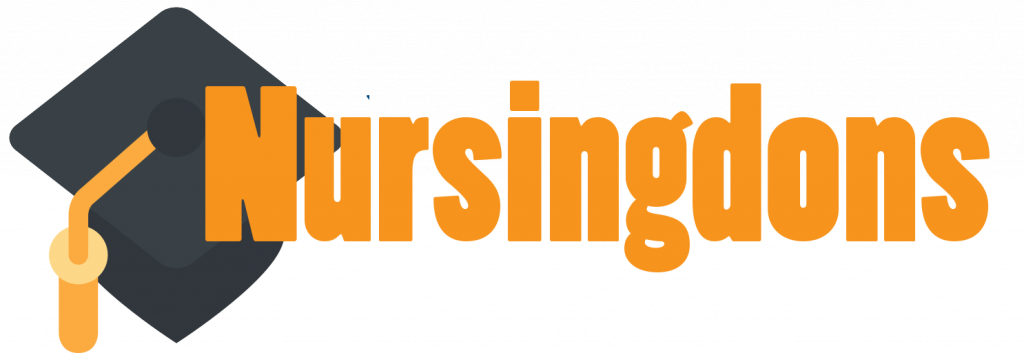Biological Anthropology
1. The layer of gray matter that covers the surface of the brain is called the:
a. olfactory bulb.
b. cerebrum.
c. cerebral cortex.
d. cerebellum.
2. How can a forensic anthropologist tell if damage to a bone constitutes a premortem or perimortem injury?
a. If there is no evidence of healing, then the damage constitutes a perimortem injury.
b. If there is no evidence of disease in that area of the bone, then the damage constitutes a perimortem injury.
c. If there is no evidence of repetitive injury, then the damage constitutes a premortem injury.
d. If there is evidence that the injury occurred after death, then the damage constitutes a perimortem injury.
3. Researchers interested in evolutionary ecology often conduct studies of traditional hunter-gatherer and small agricultural societies because such societies are __________.
a. easier to study than larger societies
b. more common
c. similar to the original human societies
d. the easiest to study using quantitative methods
4. Which type of scientist is most likely to be consulted by police when recent skeletal remains are discovered?
a. an archaeologist
b. a forensic anthropologist
c. a biomedical anthropologist
d. a molecular anthropologist
5. Natural selection can be summarized by which statement?
a. All species are fixed.
b. Organisms transform and pass these transformations on to their offspring.
c. A divine creator creates all species according to an unknowable plan.
d. Within a population, some variations are favored by environmental conditions and others are not.
6. A forensic anthropologist is trying to determine the sex of a victim based on skeletal remains. Which part of the body should this forensic anthropologist examine first?
a. the teeth or the ribs
b. the pelvis or the skull
c. the long bones in the arm
d. the hands or the feet
7. What is the secular trend in growth?
a. the trend for fewer and fewer birth defects to occur in industrialized nations
b. the trend for women to enter menopause at an earlier age in industrialized nations
c. the trend for children to grow larger and more rapidly in industrialized nations
d. the trend for men to enter senescence at a later age in industrialized nations
8. Primatologist Robin Dunbar posits that language may have evolved to replace __________ in large hominin societies.
a. conflict
b. sex
c. throwing
d. grooming
9. Which of the following is an element of the scientific method?
a. experimentation
b. observation
c. hypothesis
d. all of these
10. Cross-cultural universals include __________.
a. language
b. a system of kinship
c. the organization of society along sex and gender lines
d. all of these
11. Encephalization quotient is a measure of __________.
a. brain weight
b. brain size in inches
c. the ratio of actual brain size to the expected size
d. the weight of the brain divided by the brain’s size in inches
12. Culture can be defined as the sum total of _____________ of a group of people.
a. learned traditions
b. genetically inherited behaviors
c. universal taboos
d. biological traits
13. The three main principles of evolutionary psychology include the idea that __________.
a. human behavior is produced by a mind that is a flexible, general purpose device
b. behaviors cannot be understood as adaptations
c. culture is more important than biology when trying to understand human behavior
d. human behavior evolved in the context of relatively small groups
14. An organism’s (Darwinian) fitness can be best measured by observing its __________.
a. strength
b. size
c. number of offspring
d. color
15. Edward O. Wilson defined sociobiology as the science of __________.
a. the biological basis of social behavior
b. the effects of culture on biology
c. the effects of society on culture and biology
d. the sociological basis of biological evolution
16. As our immune systems evolve to become more effective at battling diseases, parasites and pathogens are:
a. dying off rapidly without human hosts.
b. going dormant, waiting for the aging process to weaken our immune systems.
c. becoming nearly harmless to humans.
d. evolving to overcome our defenses.
17. An anthropologist is observing a contemporary population of hunter-gatherers to determine which ecological factors affect the reproductive success of the community’s members. This anthropologist is using ________ to understand human behavior.
a. human evolutionary ecology
b. evolutionary psychology
c. paleontological reconstructions
d. linguistic theory
18. Biological anthropologists employ a unifying set of biological principles to discuss how our species came to be the way it is today. This set of principles is known as
__________.
a. culture
b. forensics
c. ethnography
d. evolution
19. The “typical” human brain has a volume of __________.
a. 500cc
b. 380cc
c. 1500cc
d. 1350cc
20. Which of the following best defines anthropology?
a. the study of non-human primates, their anatomy, and their evolution.
b. the study of ancient humans
c. a study of humanity focusing on its biological and genetic aspects
d. the study of humankind in all its forms
21. Which species has the highest encephalization quotient (EQ) among primates?
a. gorillas
b. chimpanzees
c. gibbons
d. humans
22. Ultimately, our complex social behavior
(in humans) can be attributed to __________.
a. tool use
b. language
c. bipedalism
d. the fact that we are mammals
23. Which anthropologist below best illustrates the practices of biomedical anthropology?
a. An anthropologist is examining the emergence of written language within a culture.
b. An anthropologist is examining the rate of disease within a population.
c. An anthropologist is examining stone tools to determine their age.
d. An anthropologist is examining fossilized remains in order to determine the stages of human evolution.
24. Which statement below best describes the evolution of the human brain?
a. The human brain has reorganized over time but has maintained the same absolute size.
b. The human brain has expanded over time but has maintained the same organization.
c. The human brain has expanded and reorganized over time.
d. The human brain has expanded but has decreased in encephalization over time.
25. Which hominin has the smallest absolute brain size?
a. modern Homo sapiens
b. Homo erectus
c. Australopithecus
d. Neandertals








